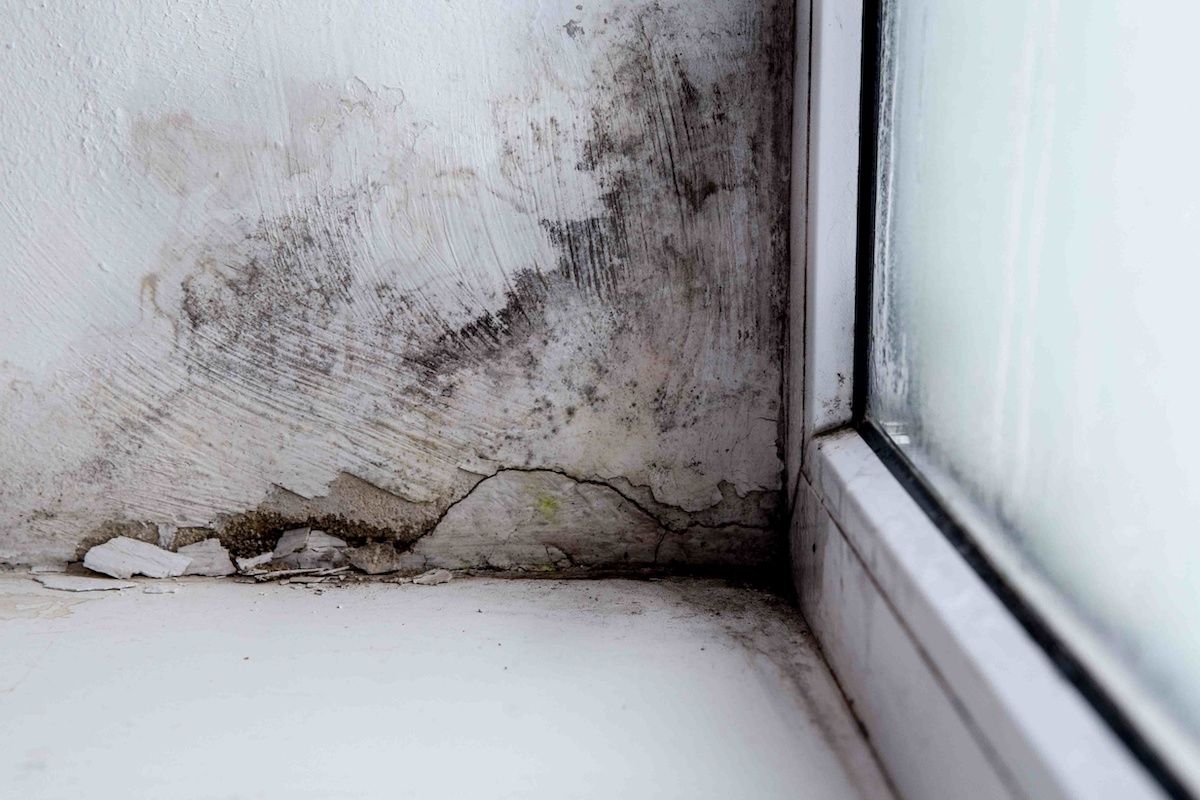Finding Post Remediation Inspection Near Me Solutions
Finding Post Remediation Inspection Near Me Solutions
Blog Article
Effective Blog Post Mold Remediation Solutions for Your Home
Mold and mildew growth in homes can be a persistent issue, frequently requiring an organized approach for reliable post-remediation services. From recognizing the factors that add to mold and mildew advancement to executing appropriate cleaning strategies and wetness control procedures, the process can be detailed yet critical for keeping a healthy living environment. Furthermore, checking out natural remediation remedies and establishing a routine for ongoing upkeep are vital parts of a thorough mold removal strategy. As house owners strive to resolve mold issues, locating one of the most effective options comes to be paramount for the wellness of their households.
Understanding Mold Growth Factors
The main element contributing to mold and mildew growth is wetness. Mold spores call for dampness to prosper and sprout, making damp or humid environments very vulnerable to mold and mildew invasions.

Furthermore, air flow and light exposure can affect mold and mildew development. Locations that do not have correct air flow and all-natural light are a lot more vulnerable to mold and mildew development. By attending to these variables thoroughly, people can successfully reduce mold development and secure their living settings.
Correct Mold Cleaning Techniques
Using reliable cleaning approaches is necessary in stopping the reoccurrence and addressing of mold and mildew contamination in indoor environments. When managing mold and mildew, it is critical to prioritize security by wearing safety gear such as masks, handwear covers, and safety glasses. The very first step in appropriate mold cleaning is to include the affected location to stop the spread of spores to unpolluted areas. This can be attained by sealing the space and using air scrubbers or unfavorable air makers to preserve air top quality.

Executing Dampness Control Measures
To efficiently stop mold growth and contamination in interior settings, carrying out moisture control actions is paramount. In addition, making sure appropriate ventilation in locations vulnerable to moisture accumulation, such as bathrooms and kitchens, can help lower the threat of mold and mildew development. By carefully implementing these dampness control measures, homeowners can successfully reduce the chance of mold and mildew recontamination and maintain a healthy interior setting.
Using Natural Removal Solutions
After successfully carrying out dampness control measures to protect against mold development in interior settings, house owners can currently check out the effectiveness of natural removal options in maintaining a healthy and balanced living area. All-natural remediation remedies make use of ecologically friendly techniques to deal with mold and mildew, making them a popular selection for those seeking safe options. By integrating these natural removal solutions right into their cleaning regimens, house owners can effectively combat mold and mildew development while advertising a healthier interior atmosphere for themselves and their families.

Preserving a Mold-Free Environment
Frequently examining areas vulnerable to mold development, such as washrooms, kitchen areas, attics, and cellars, is important. Correct ventilation in areas with high moisture levels is also crucial to stopping mold and mildew growth.
Furthermore, maintaining tidiness in the home is important for mold and mildew avoidance. On a regular basis cleansing and dusting surface areas, rugs, and upholstery can aid remove mold spores before they have an check this site out opportunity to increase and settle. Utilizing mold-resistant items for building materials and furnishings can further aid in creating a mold-free atmosphere. Maintaining interior plants in check and making certain correct water drainage in outside landscape design can decrease wetness build-up, minimizing the probability of mold infestations. By following these proactive upkeep methods, property owners can effectively maintain a mold-free living area.
Conclusion
Finally, it is important to deal with mold development aspects, make use of correct cleaning strategies, implement moisture control procedures, use natural remediation remedies, and maintain a mold-free setting in order to efficiently take care of article mold view remediation in your house - Post Mold Remediation Report. By adhering to these methods, you can stop mold and mildew from repeating and make certain a healthy and balanced living setting for you and your family
The primary factor contributing to mold growth is wetness. Mold and mildew spores need dampness to germinate and flourish, making wet or humid environments highly susceptible to mold problems.To successfully avoid mold development and contamination in indoor environments, applying dampness control measures is extremely important. Additionally, making sure correct ventilation in areas susceptible to moisture accumulation, such as restrooms and kitchens, can help minimize the threat of mold and mildew development.After successfully implementing dampness control procedures to protect against mold and mildew development in indoor atmospheres, homeowners her comment is here can currently explore the performance of natural removal remedies in maintaining a healthy and balanced living space.
Report this page